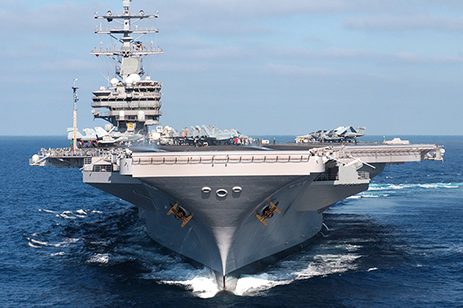
Achieving a single unified communications structure across the naval force to generate a common operating picture and improve situational awareness is highly dependent on the interoperability of tactical data link (TDL) systems. As navies move towards greater interoperability, challenges arise in ensuring support for an increasing number of tactical data link standards in use. And, with tactical data link standards constantly evolving, system integration can increase costs, program risk, and time to deployment.
The tactical data link system challenges created by stove-piped solutions that are unable to communicate with each other can often be alleviated using plug-and-play alternatives. These off-the-shelf alternatives can significantly increase interoperability while reducing training and maintenance costs.
The Benefits of COTS Tactical Data Link Systems
Commercial off-the-shelf (COTS) solutions simplify integration and assure interoperability by eliminating the need for extensive custom software development at the integration stage, which in turn accelerates time to deployment. What’s more, they provide the latest and greatest capabilities out of the box with clear upgrade and maintenance paths that streamline future tactical data link revisions and new standards implementation.
Where custom tactical data link integration may take years to complete, integrating field-proven, off-the-shelf solutions with existing and developmental naval communications systems can be achieved in months.
Developed by specialists with deep expertise in communications technologies, tactical data link standards, and military operational requirements, as well as a vested interest in staying current with standards, off-the-shelf systems are critical for successful tactical data link integration and interoperability.